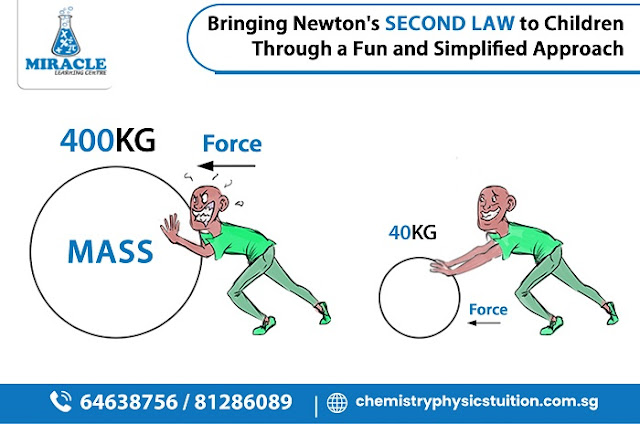Unveiling the Mysteries of Lasers: From CD Players to Advanced Research
The use of lasers have come a long way from being a futuristic idea to an integral part of our daily lives. Their journey from CD players to advanced research tools showcases a fascinating evolution in technology.
Understanding lasers involves diving into the basics of light and energy. An important chapter in the school curriculum. Get expert help with physics tuition to master the crucial elements of this lesson.
The Core of Laser Technology
The Basics: Lasers work on the principle of Light Amplification by Stimulated Emission of Radiation. This might sound complex, but it's straightforward once you break it down.
How It Works: Electrons in atoms, when energized, jump to higher energy levels. As they return to their original state, they release photons. When these photons meet other excited electrons, they trigger a chain reaction that produces a focused beam of light—known as a laser. This is called stimulated emission, the fundamental process behind laser operation.
From Simple Uses to High-Tech Applications
Everyday Uses: Lasers started with simple applications, such as reading data from CD players. They decode tiny pits on the disc to convert them into music or information, a concept often explored in physics classes.
Advanced Uses: Today, lasers are vital in various fields including medicine, communications, and manufacturing. They’re used in eye surgeries, high-speed internet, and more, showing their essential role in modern innovation.
The Science of Precision
Why Lasers Are Precise: Lasers operate with precision due to their coherence and monochromatic light. Unlike ordinary light that spreads out and contains multiple wavelengths, laser light is focused and uniform.
Research Applications: This precision is crucial in scientific research, where accuracy is key. Physics tutors in Singapore often highlight how lasers contribute to breakthroughs in quantum computing, spectroscopy, and other advanced areas.
Educational Insights and Future Prospects
Learning About Lasers: Studying lasers isn’t just academic; it helps understand broader physics concepts. Top physics tuition programs encourage students to explore real-world applications of these principles.
Looking Ahead: The potential of laser technology seems limitless. Whether in classrooms or research labs, lasers represent the blend of theoretical knowledge and practical application, hinting at future scientific discoveries.
The study of lasers might not be as detailed and thorough at the school level, but it branches out extensively in higher education. As their application is diverse, there are many fields opened up dedicated to this concept.
Students who take interest in it can seek the best physics tuition classes for better learning experience. For those interested in exploring lasers and other fundamental physics topics in depth, the specialised physics tuition classes from Miracle Learning Centre offers expert help. Explore them to know more.




Comments
Post a Comment